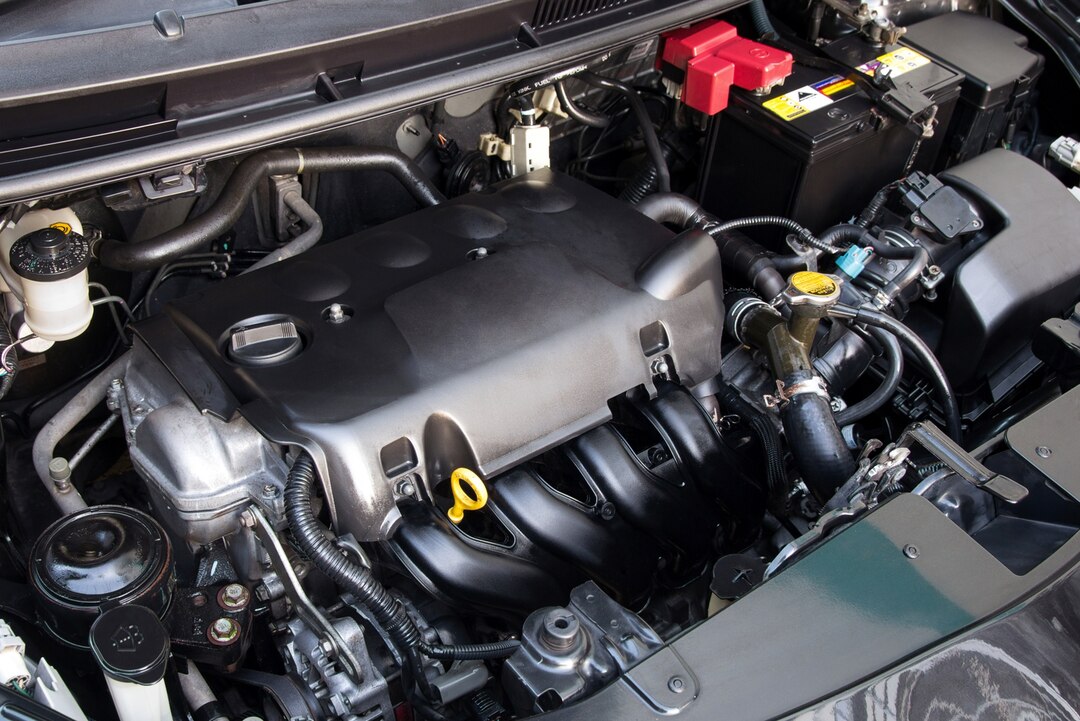The thermostat is a small yet crucial component of your car’s cooling system, responsible for regulating engine temperature by controlling the flow of coolant. There are several types of car thermostats available, each with its own design and functionality. Here’s a comprehensive overview of the different types of car thermostats you should know about:
Wax-Pellet Thermostat:
- Wax-pellet thermostats are among the most common types found in modern vehicles.
- These thermostats contain a wax-filled chamber and a temperature-sensitive valve. As the engine heats up, the wax expands, forcing the valve to open and allow coolant to flow.
- Wax-pellet thermostats offer precise temperature control and quick response to changes in engine temperature.
Bellows-Type Thermostat:
- Bellows-type thermostats use a sealed metal bellows instead of wax to control coolant flow.
- When the engine heats up, the bellows expands, exerting pressure on a valve to open and allow coolant circulation.
- Bellows-type thermostats are durable and resistant to temperature fluctuations, making them suitable for a wide range of engine applications.
Dual-Stage Thermostat:
- Dual-stage thermostats incorporate two separate temperature settings to regulate coolant flow.
- These thermostats feature a primary stage that opens at a lower temperature to provide partial coolant flow, followed by a secondary stage that opens fully at a higher temperature for maximum cooling.
- Dual-stage thermostats offer improved engine performance and efficiency by optimizing coolant flow under varying operating conditions.
Electronic Thermostat:
- Electronic thermostats utilize sensors and electronic controls to regulate coolant flow based on engine temperature.
- These thermostats can adjust coolant flow dynamically in response to driving conditions, engine load, and ambient temperature.
- Electronic thermostats offer precise temperature control and can contribute to improved fuel efficiency and reduced emissions.
Thermal Switch Thermostat:
- Thermal switch thermostats incorporate a bimetallic strip or thermistor that reacts to changes in temperature.
- When the engine reaches a certain temperature, the thermal switch activates, triggering the opening or closing of a valve to control coolant flow.
- Thermal switch thermostats are commonly used in auxiliary cooling systems or electric vehicles.
Thermostatic Bypass Valve:
- Thermostatic bypass valves are a variation of traditional thermostats that regulate coolant flow through a bypass circuit.
- These valves divert coolant away from the radiator when the engine is cold, allowing it to warm up more quickly. As the engine reaches operating temperature, the valve gradually opens to route coolant through the radiator for cooling.
- Thermostatic bypass valves help reduce emissions and improve fuel efficiency by optimizing engine warm-up times.
Understanding the different types of car thermostats can help you diagnose cooling system issues and choose the right replacement thermostat for your vehicle. Regular maintenance, including thermostat inspections and coolant flushes, is essential to ensure the proper functioning of your car’s cooling system. If you suspect a problem with your thermostat or cooling system, consult a qualified mechanic for diagnosis and repairs.











